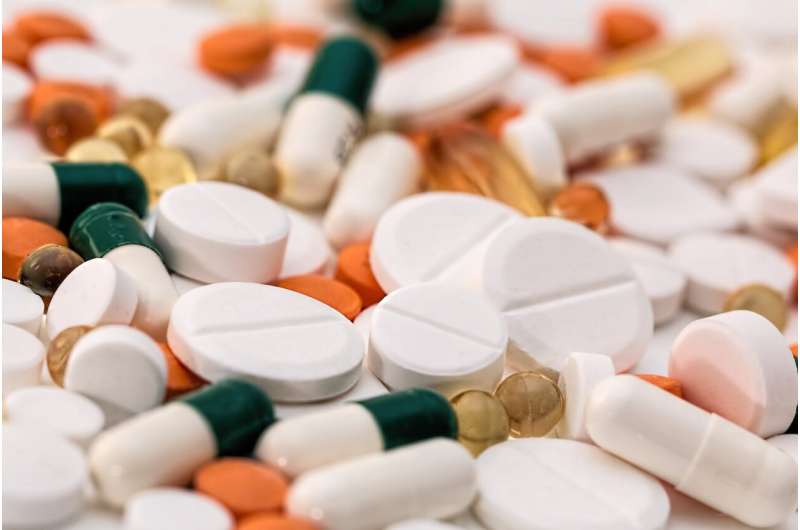
The vet tranquilliser, xylazine, is now implicated in almost a third of fatal overdoses involving heroin and/or fentanyl in Philadelphia, reveals research published online in the journal Injury Prevention.
It was detected in less than 2% of such cases between 2010 and 2015, prompting the study authors to call for stricter monitoring of the misuse of this substance across continental USA.
Xylazine is a non-opioid sedative, painkiller, and muscle relaxant that is used in veterinary medicine. The Food and Drug Administration has not approved it for use in people.
Drug users in Puerto Rico have been using it since the early 2000s and it has increasingly appeared in the illicit drug supply across the US.
Xylazine can dangerously lower blood pressure as well as depressing central nervous system activity, breathing and heart rate. It has also been linked to open skin ulcers among those who inject it.
Prompted by reports from active drug users in the city that xylazine had increasingly featured in the illicit drug supply in Philadelphia, the authors sought to uncover any discernible trends.
In Philadelphia, the street name for xylazine is ‘tranq’, and heroin and fentanyl cut with xylazine is referred to as ‘tranq dope’. Fentanyl has largely replaced heroin since 2015 in the city.
The authors scrutinised data on deaths from unintentional heroin and/or fentanyl overdoses from the Philadelphia Medical Examiner’s Office for 2010-19. Records were limited to deaths where drug overdose was certified as the underlying or contributory cause of death, and where full forensic toxicology test results were available.
Between 2010 and 2015, xylazine was detected in 40 (2%) of the 1854 unintentional overdose deaths in which heroin and/or fentanyl also featured. This figure rose to 67 (11%) in 2016; 90 (10%) in 2017; 152 (18%) in 2018; and to 262 out of 868 cases (31%) in 2019.
Most (76%) of the overdose cases in which xylazine was detected were predominantly in men, aged between 35 and 54 (47%), and of non-Hispanic, white ethnicity (65%).
The age and race/ethnicity profile of the xylazine cases was significantly different from that of those where xylazine hadn’t been detected. And in 2019, every single one of these cases tested positive for fentanyl; 1 in 10 tested positive for heroin.
Similarly, 7% tested positive for prescription opioids, such as oxycodone; 6% tested positive for methadone; 12% tested positive for methamphetamine; 28% tested positive for benzodiazepines and 53% tested positive for cocaine.
The authors note that drug seizure data from Drug Enforcement Administration labs suggests that xylazine is increasingly appearing in polydrug samples in which the primary drug detected is heroin or fentanyl. While no polydrug seizures contained xylazine between 2010 and 2013, 5% contained it in 2015, 9% in 2017, and 25% in 2019.
The evidence suggests that combined use of xylazine and an opioid, such as fentanyl, may increase the risk of a fatal overdose.
This is an observational study, and the authors acknowledge that they were unable to determine which drug, or particular combination of drugs, caused the fatal overdose. Nor were they able to find out why xylazine is increasing in the local drug supply.
“Results from this study suggest that the opioid epidemic throughout the USA continues to evolve,” write the authors, adding that toxicology data from Philadelphia and other jurisdictions suggest that the prevalence of xylazine may be increasing across continental USA.
Source: Read Full Article


